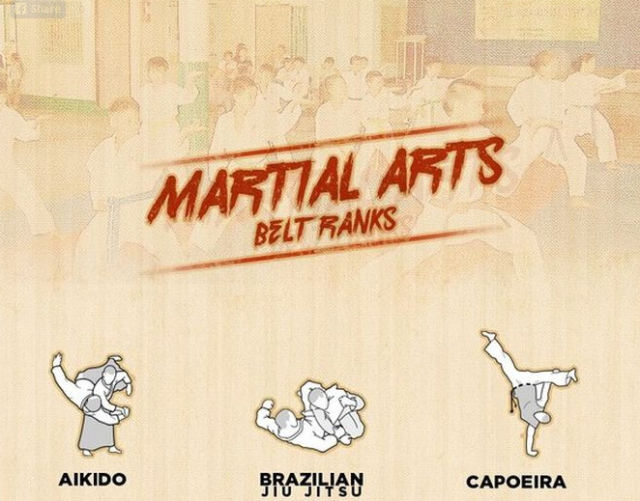Exactly How Do The Discipline-Centered Strategy Of Typical Martial Arts And The Competition-Driven Nature Of Contemporary Fight Sporting Activities Differ? Discover The Substantial Differences That Can Form Your Experience
Exactly How Do The Discipline-Centered Strategy Of Typical Martial Arts And The Competition-Driven Nature Of Contemporary Fight Sporting Activities Differ? Discover The Substantial Differences That Can Form Your Experience
Blog Article
Content Writer-Bright Rocha
When you consider martial arts, do you lean much more towards the typical methods or the contemporary combat sports? Each course provides distinct benefits and experiences, formed by their viewpoints and training techniques. Traditional martial arts highlight individual growth and discipline, while modern-day battle sports focus on competitors and efficiency. Recognizing these distinctions can lead you in choosing the best method for your journey. Yet how do these differences materialize in training and viewpoint?
The Ideology and Background Behind Traditional Martial arts
While many people link martial arts with physical fight, the ideology and history behind traditional martial arts run much deeper. karate schools for adults near me 'll locate that these disciplines emphasize individual development, technique, and regard.
Stemming from old techniques, traditional martial arts were frequently established for Self-Defense and spiritual development. great post to read personify principles such as balance, consistency, and self-discipline, guiding professionals beyond simple battling skills.
As you educate, you'll not only find out strategies but additionally obtain understandings into the society and worths that shaped these arts. The rituals and practices, commonly passed down with generations, cultivate a feeling of area and belonging.
The Affordable Nature of Modern Combat Sports
Modern fight sporting activities have actually changed the landscape of martial arts into a very competitive sector, where athletes face off in an examination of ability, method, and endurance.
You'll notice that competitors are commonly organized with rigorous guidelines and policies, guaranteeing fair game and safety. These events bring in big target markets, fueling the enjoyment and intensity of matchups.
Athletes educate rigorously, not just for physical prowess however likewise for psychological strength, recognizing that every detail counts in the ring. The adrenaline thrill during competitions is palpable, as boxers push their limits to assert victory.
Fans appreciate the athleticism and virtuosity entailed, making contemporary fight sports a thrilling spectacle that remains to develop and astound enthusiasts around the world.
Training Techniques and Strategies: A Comparative Analysis
The competitive ambience of contemporary combat sporting activities needs innovative training techniques that vary considerably from conventional martial arts.
In contemporary training, you'll focus on certain methods, sparring, and conditioning, frequently using drills that imitate genuine battle situations. You'll see a focus on measurable efficiency and constant competitors to analyze your skills.
On the other hand, conventional martial arts prioritize forms, katas, and thoughtful teachings, usually highlighting discipline and regard over competitors.
Training is typically much less extreme and may entail repetitive practice rather than real-time sparring.
While both techniques develop skill and fitness, modern-day combat sporting activities offer a much more vibrant and adaptable training setting, preparing you for immediate difficulties in the ring or cage.
Choose the path that aligns with your objectives and passions.
Conclusion
In choosing between traditional martial arts and modern fight sports, it really comes down to what you value a lot of. If you're trying to find individual development, technique, and a sense of area, standard arts may be your best fit. But if you grow on competition and real-time obstacles, modern battle sports could be the means to go. Inevitably, both courses supply special advantages, so it's all about aligning your training with your personal goals and rate of interests.
